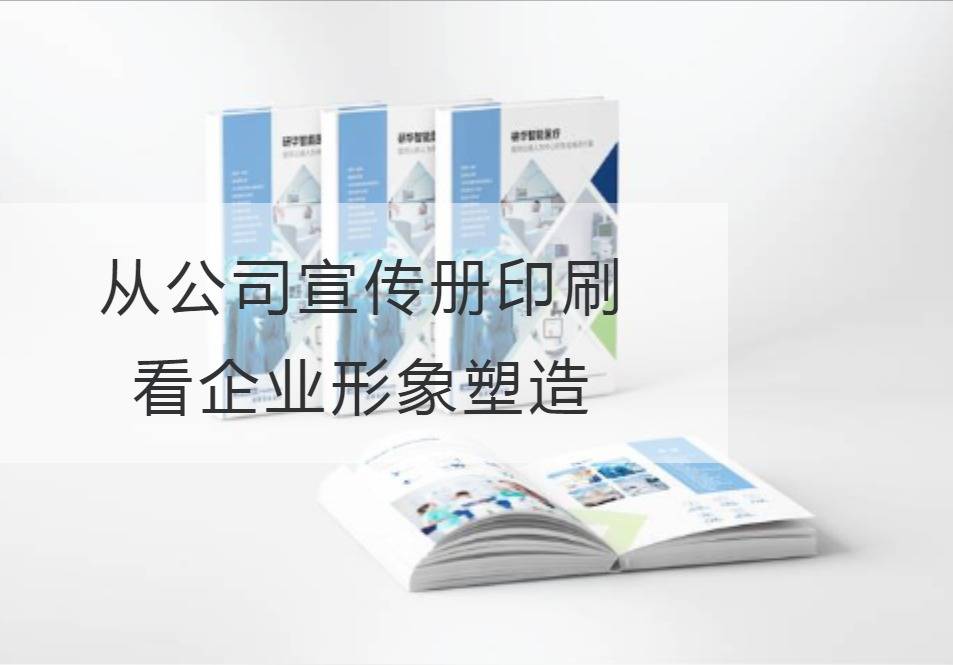On the Creation of Enterprise Image from the Printing of Company Brochure
In today's fiercely competitive business world, corporate image building is the goal that every company must attach importance to and strive for. The printed quality of the company's brochure is a microcosm of the corporate image, which can show the strength and professionalism of the company to a certain extent. Let's take a closer look at the importance of corporate image building in terms of the quality of corporate brochure printing.
First of all, printing quality is the external performance of the brochure, which directly reflects the professional image and brand value of an enterprise. The unique design, high-quality paper and printing workmanship will undoubtedly give a good visual experience that will impress potential customers. When we hold a beautifully printed brochure, the fine textures, rich colors, and unique bronzing, engraving techniques all let people can't help but sigh at the company's attention to detail and pursuit of superior quality.

Second, the quality of the company's brochure printing is also a symbol of the professional strength of a company. High-quality printing enables clear and easy-to-read copywriting and images to be presented clearly and accurately, allowing potential customers to fully understand the company's products, services and core competencies. At the same time, the use of professional nouns and technical parameters can more accurately convey the professionalism and strength of the enterprise. After all, only a truly powerful enterprise can stand out from the competition and win the trust and support of its customers.
Not only that, printing quality also imperceptibly affects people's impression and loyalty to the enterprise. A beautiful brochure can arouse people's good feeling and recognition of the enterprise, enhance the brand's popularity and reputation. This kind of affection and recognition often leads to further word-of-mouth communication and user recommendations, which leads to more potential customers and business opportunities. Therefore, a good printing quality of an enterprise can be said to be an important part of corporate image shaping.
As Du Fu said: "Why should we cut the candles at the west window, and say that when it rains at night? With the progress of the times and the continuous innovation of printing technology, the requirements of the printing quality of the company's brochures are also constantly improving. Companies should focus on the selection of quality paper, the right printing process and innovative design, and strive to demonstrate the pursuit of quality and care for the customer's experience in detail.
In conclusion, the printing quality of the company's brochure is directly related to the building of the corporate image and the building of the brand. A beautiful, unique, high-quality brochure can increase the professional image and brand value of the enterprise, move the hearts of potential customers, enhance the brand awareness and reputation. Therefore, when making brochures, enterprises should pay attention not only to the accuracy and professionalism of the contents, but also to the promotion of the printing quality, in order to create a distinctive and outstanding brochure, for the image of the enterprise cast a solid link.
Let us believe that on the road of corporate image building,Company Brochure PrintingQuality will become a sharp weapon for enterprises to win more business opportunities and success! Once upon a time, the landscape paintings depicted in melodious ancient poems have become popular. Imagine if we could use print quality to create the image of the company, what a sight to look forward to!
Recommended Reading:
Production of Fine Albums: The perfect combination of materials, printing and texture
How to choose the material and binding of the album to make the brand album more outstanding?



